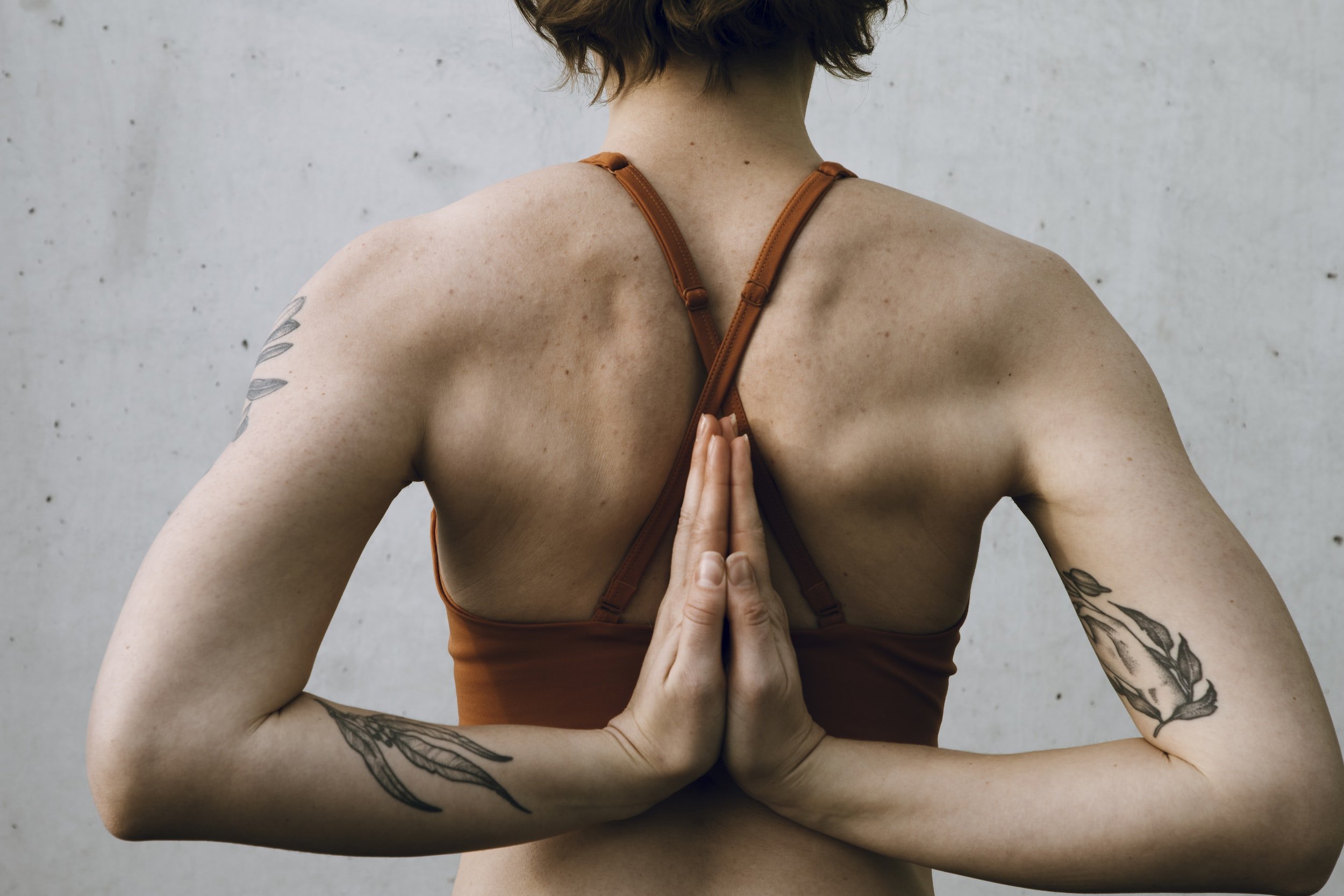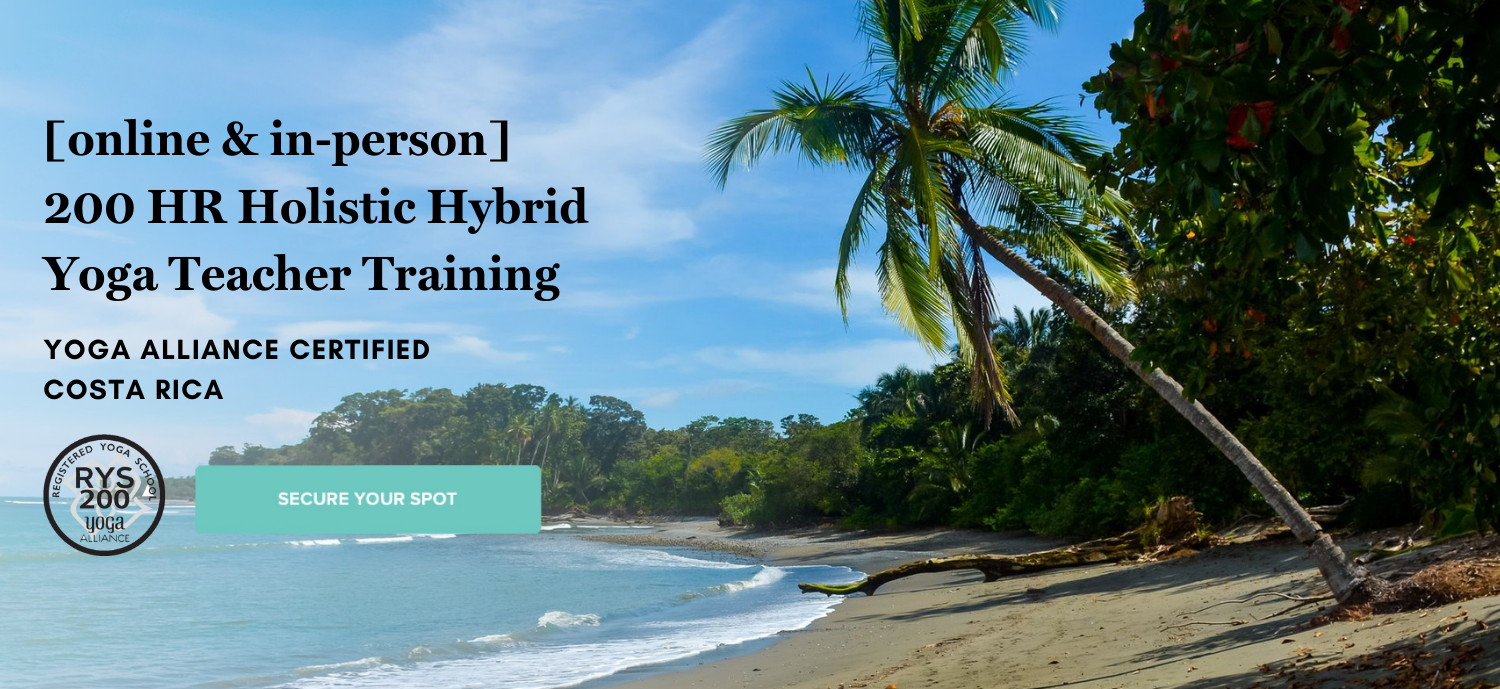Yoga is an ancient practice with a multitude of potential health and fitness benefits. In its modern form, it has become popular around the world as people have recognized both the physical and mental rewards that stem from regular yoga practice. One aspect of yoga often overlooked by many practitioners is its biomechanical foundations – focusing on these components can help you to reap even greater rewards from your practice.
What Is Biomechanics?
Biomechanics refers to the study of how muscles, joints, bones and other body parts work together during movement. It takes into account kinetics (the science behind forces acting on objects) in order to understand how our bodies move while we perform any kind of exercise or activity – including yoga! By observing angles, levers, planes, and lines of force more closely when practicing asanas (yoga postures), every pose can become more effective due to improved alignment which ultimately leads to stronger performance over time…
When looking at poses through a biomechanical lens instead just for aesthetic reasons alone, one’s understanding deepens greatly about the inherent anatomy present… here are some examples:
-
How hand positionings such as open palms versus fists or prayer hands offer different results
-
How observing back arches within each posture enables a better range-of-motion required for deeper stretches & less strain overall lengthwise throughout one’s spine
-
Warrior 1 has you engaging your outer hip rotators to prevent low-back strain during forward bending
-
Downward Facing Dog helps improve shoulder stability by stretching out the muscles at the back of your shoulders while supporting them with strong abdominal activation

Understanding the biomechanical principles behind the poses will deepen your understanding of yoga asana (postures), help you practice more safely, and ultimately get better results. Being aware of proper alignment during poses not only makes them safer, but also gives students greater confidence at going further than they have before without worrying about injury risk… while still reaping all of yoga’s beneficial traits like increased focus & flow state production along with decreased levels anxiety & stress relief etc!
Study biomechanics with Nam Chanterrwyn in our upcoming 200 HR Yoga Teacher Training in Costa Rica!

Join us for our next 200 HR Yoga Teacher Training Hybrid Program: May 6-20 in Costa Rica!
